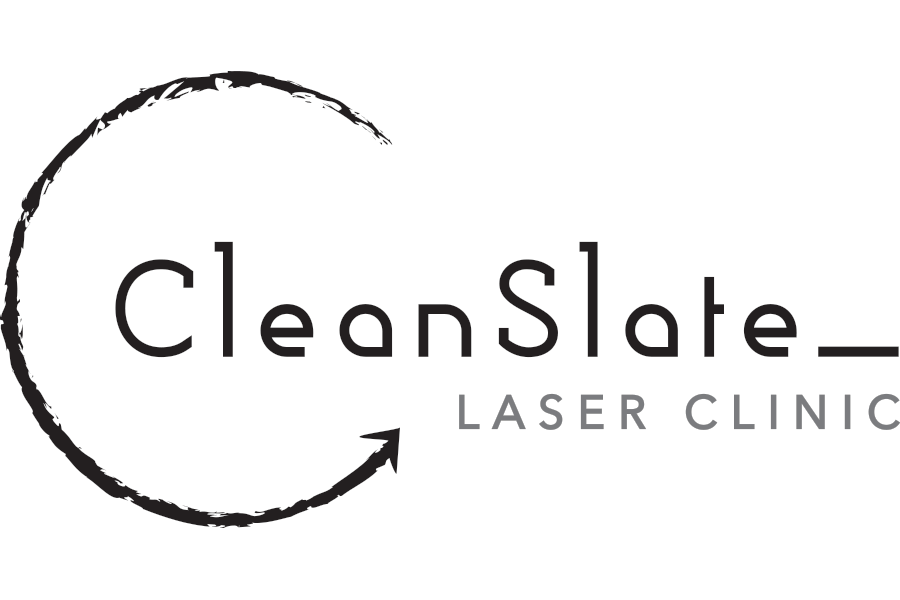Microblading Removal Aftercare
The semi-permanent procedure of microblading has become quite popular for improving eyebrows. However, there are several circumstances in which people might desire to get their microbladed eyebrows removed or adjusted. In order to achieve optimal recovery and reduce potential consequences, microblading removal is a careful treatment that calls for professional skill. After the procedure is finished, thorough aftercare is essential. In this blog, we'll walk you through the steps of microblading removal's aftercare while offering crucial advice for a quick and painless recovery.
Follow Post-Removal Instructions:
Your technician will provide you precise post-removal recommendations after removing your microblading. These guidelines are intended to speed up the healing process and reduce the chance of infections or negative responses. Follow them closely, and if you have any questions or concerns, ask for clarification.
Keep the Treated Area Clean:
Keeping everything spotless is crucial for the healing process. Use a gentle, non-abrasive cleaner that has been advised by your technician to gently clean the treated area. To prevent spreading more germs, use clean hands or a cotton swab. Do not clean or massage the area as this may result in inflammation or scabbing.
Apply Healing Ointment:
To apply to the treated region, your technician may prescribe or suggest a healing lotion or ointment. These products aid in skin calming, healing, and infection prevention. Observe the given directions, including the timing and frequency of application.
Avoid Touching or Picking:
Avoid touching, picking, or scratching the treated area since doing so might impede healing and raise the risk of infection. Using dirty hands to touch the region might introduce bacteria and cause problems. Instead of scratching the region when itchy, softly pat or touch the area.
Avoid Moisture and Sun Exposure:
Limit your time in the sun, dampness, and water throughout the healing process. Avoid swimming, saunas, hot tubs, and heavy perspiration since these activities might slow recovery and raise the possibility of infection. Additionally, use sunscreen or a hat to shield the treated region from extended sun exposure.
Avoid Makeup and Cosmetics:
Till the treated region has totally healed, avoid using cosmetics or makeup there. Cosmetics may add irritants or germs, which might complicate matters and slow the healing process. Regarding the application of makeup to and around the treated region, heed the advice of your professional.
Be Patient:
Healing takes time, and throughout that time, the treated area's look could alter. Redness, swelling, or scabbing may appear at first; these signs of the healing process are typical. Avoid using any extra products or treatments without consulting a specialist and let the skin recover naturally without interruption.
Attend Follow-up Appointments:
Any recommended follow-up appointments with your technician should be scheduled and attended. These sessions enable them to monitor the healing process, handle any issues, and, if necessary, offer further advice on aftercare. For the removal procedure to go smoothly, open communication with your specialist is essential.
Maintain Overall Skin Health:
Keep your skin healthy overall to aid in the healing process. Drink plenty of water, eat a healthy diet, and abstain from smoking and binge drinking. A healthy body encourages quicker healing and enhances the skin's capacity for regeneration.
Seek Professional Assistance for Concerns:
Contact your technician right away if you have persistent or severe pain, excessive redness, swelling, pus, or infection symptoms. Complications that may emerge throughout the healing process must be identified and handled with the help of a professional.
The safe and efficient recovery of microblading removal depends on proper aftercare. simply adhering to the guidelines given by qualified specialists at the Cleanslate Laser Clinic in Canggu, Bali. Read More About The Benefits of Microblading Removals.
